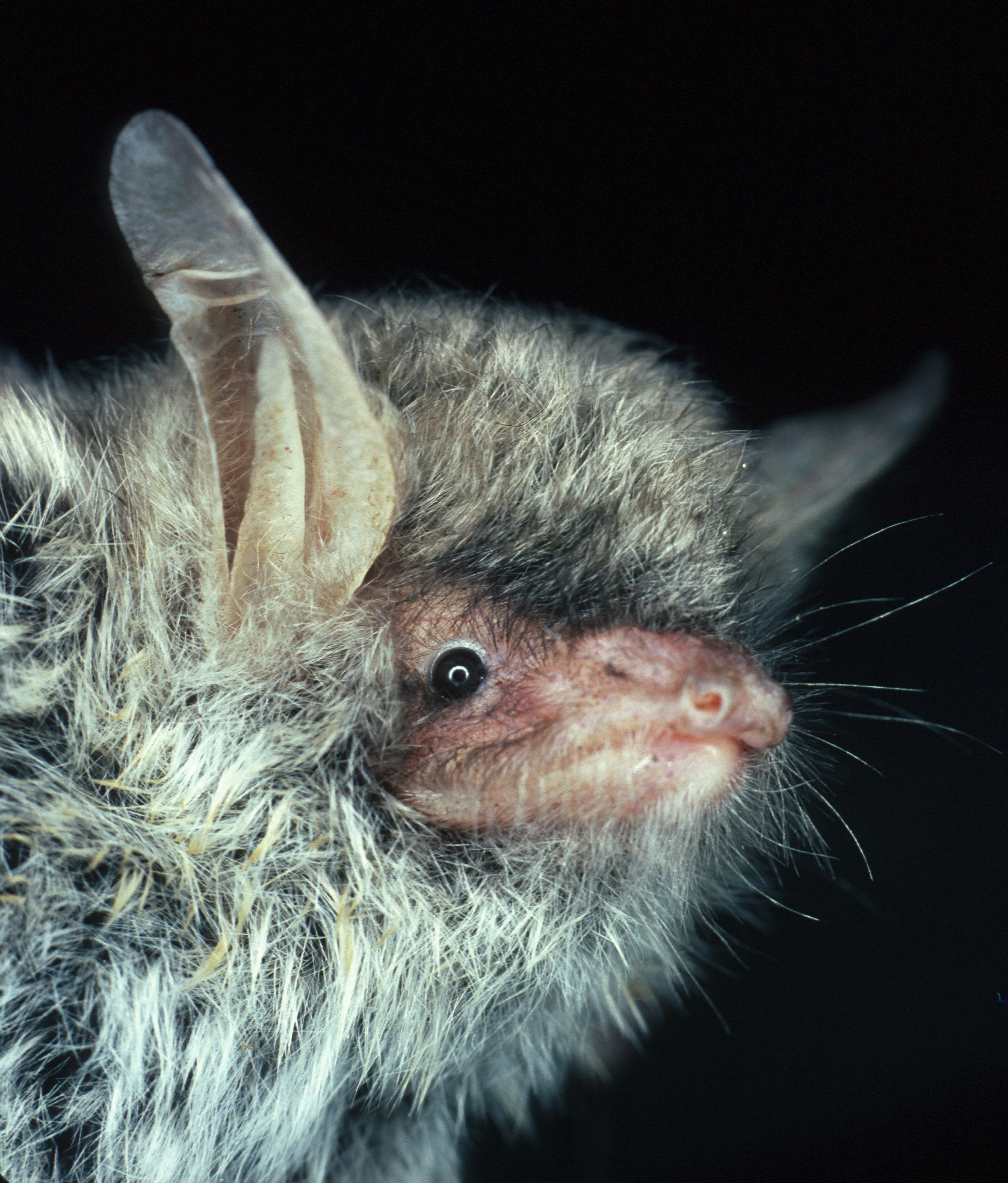While it is believed that European biodiversity no longer brings surprises, an unusual discovery has just been made: in Western Europe a new species of bat has been described. More exactly, it is distributed along the northern mountain forests of Iberia, south of France and Italy. How did it go unnoticed so far? Bats are represented by more than 50 species in Europe (according to www.Eurobats.org), but many of them look alike and it is mainly through molecular genetic comparisons that the identity is confirmed for these otherwise alike species. Indeed, the new species now described, called the cryptic myotis (Myotis crypticus), was until now confused in Iberia with the closely related species, the Escalera's bat (Myotis escalerai), from which it differs only by subtle external characters. The information of the DNA sequences, on the other hand, is indisputable: these two species do not mix despite sharing many areas in the mountain forests of the northern half of the Peninsula. This discovery has consequences for species conservation, since not only its identification in nature is very difficult, but its geographical distribution and the status of its populations are still largely unknown. As the new species lives in forested areas of Italy, Switzerland, France and Spain under increasing human pressure, it is urgent to study it in more detail to determine its protection status. In Northern Africa, where a second new species, the Zenati myotis (Myotis zenatius), is also described in the same publication, the conservation situation is even more critical. In fact, the species is extremely rare and vulnerable. Only a few caves are known to house it and human disturbances are frequent. Just after being discovered, it could therefore already be included in the too long list of endangered species. informacion[at]ebd.csic.es: Juste et al (2019) Two new cryptic bat species within the Myotis nattereri species complex (Vespertilionidae, Chiroptera) from the Western Palaearctic. Acta Chiropterol https://doi.org/10.3161/15081109ACC2018.20.2.001
https://goo.gl/kRXwhD








 Las altas temperaturas están provocando que las lagunas y las marismas de Doñana pierdan agua rápidamente
Las altas temperaturas están provocando que las lagunas y las marismas de Doñana pierdan agua rápidamente



